Do you live in an older home that was built with cinder blocks? If so, you might wonder whether it's a good idea to paint (or repaint) the basement walls or not. We have researched if this is a good idea and what kind of results can be expected.
Yes, you can paint basement walls, regardless if they're made out of cinder blocks or any other concrete masonry units. However, you should take extra precautionary steps when painting this part of the house.
If you decide to paint basement walls, you'll need to make sure that you use the right paint for this task. Otherwise, you'll end up in a mess. If you're interested to learn what precautionary steps you should take when painting these walls, then keep on reading!
Things To Keep in Mind When Planning to Paint Cinder Block Basement Walls
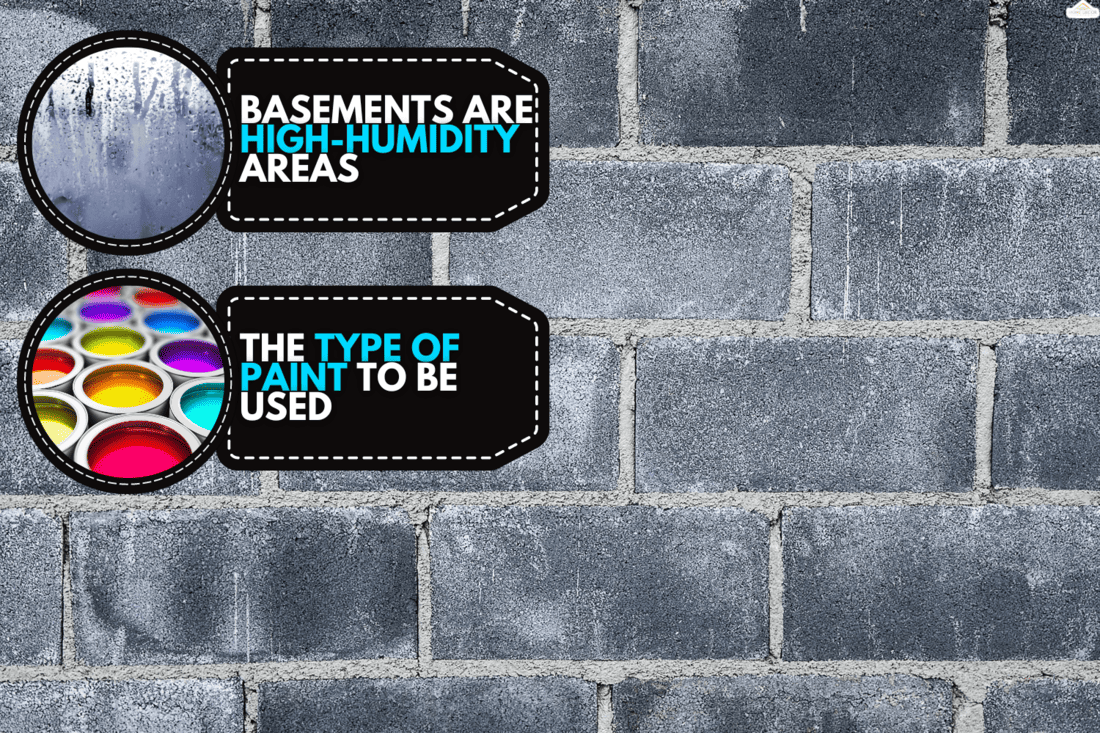
There are a couple of things you need to consider when planning to paint cinder block basement walls:
Basements are high-humidity areas
Basements are often high-humidity areas because they are below ground level and can be prone to moisture infiltration. This can lead to the growth of mold and mildew, which can be harmful to your health and can also damage the structure of your home.
The type of paint to be used
The type of paint you will be using will be crucial to the success of your project. Latex paints are more widely used on basement walls than organic, oil-based paints. This is because organic paints are essentially mold food, so it's best to avoid them in the basement.
However, this should not stop you from using oil-based paint on your basement walls. The only thing you need to do to prevent the formation of molds is to make sure you apply liquid rubber coating on top of the paint to protect it from moisture. Obviously, it's going to cost you more, but if you think it's worth it, then go for it.
What is the Best Paint for Cinder Block Basement Walls?
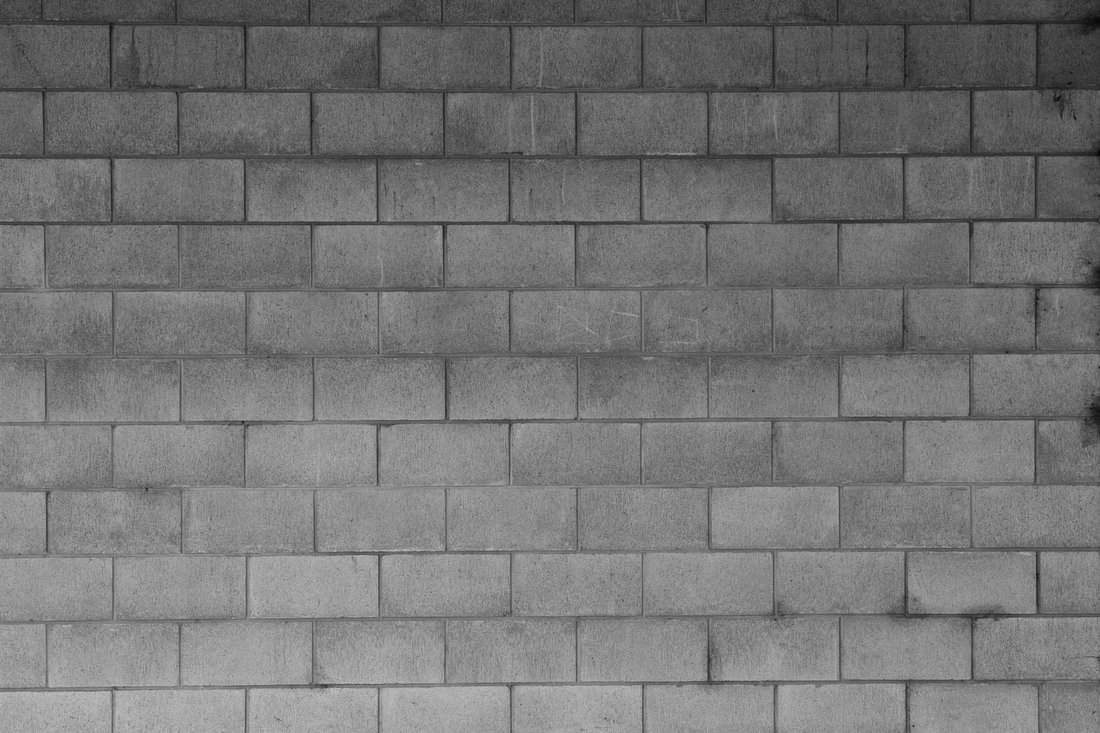
We may include affiliate links and curated AI content to highlight top design styles.
Elastomeric paint is a good choice for cinder block basement walls because it is very elastic and can stretch and move with the wall as it expands and contracts. This can help to prevent cracking and peeling of the paint.
Further, elastomeric paint is also very resistant to water, which can be beneficial in a basement where there may be high humidity or potential for water leakage. It is also typically resistant to mold and mildew, which can be a common problem in basements.
Overall, elastomeric paint can provide a durable, long-lasting finish for cinder block basement walls.
Check out this elastomeric paint on Amazon.
Why Should You Paint Cinder Block Basement Walls
Basements are one of the most neglected parts of a home. They tend to stay dirty, damp, and full of dust. That is why painting the basement is a difficult and challenging task. They should be cleaned and painted once in a while to maintain the overall look of the place and the health of the building structure.
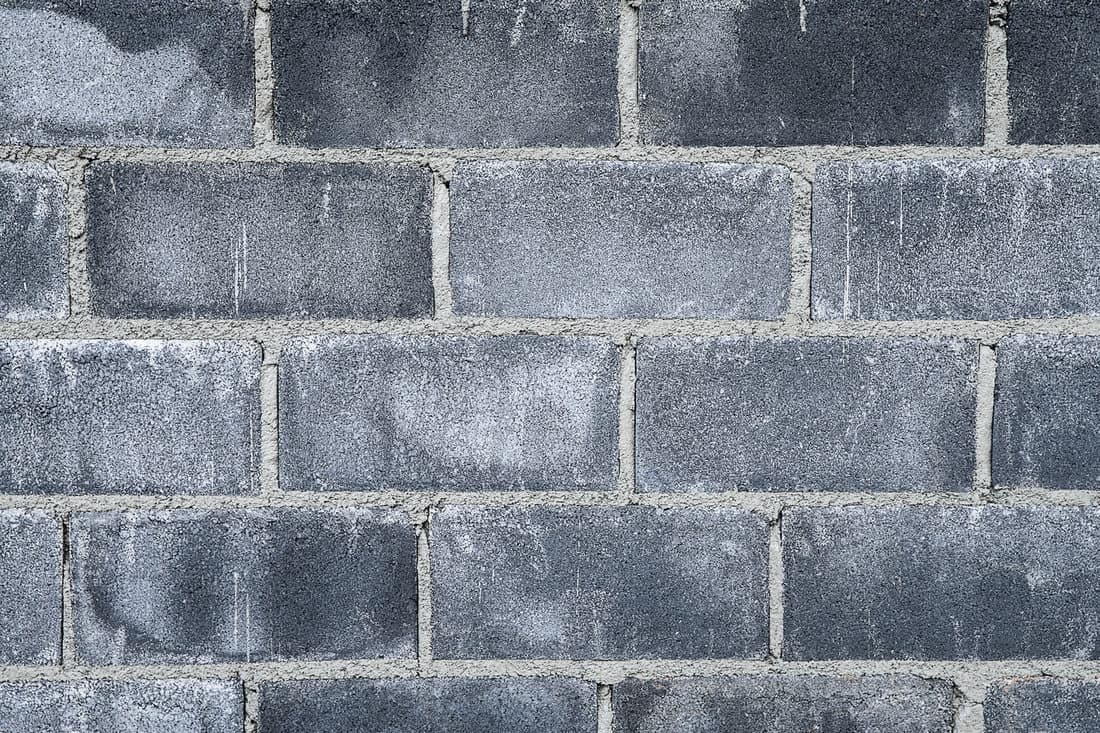
How To Paint Cinder Block Basement Walls
It is generally not recommended to use oil-based paint on basement walls because it can be prone to mold growth. Water-based latex paints are a better choice for basements because they are more resistant to mold and mildew.
If you still want to use an oil-based paint, there are a few steps you can take to help prevent mold growth:
- Start by scraping old paint if you'll be repainting. Clean and dry the walls thoroughly. This will also help remove any existing mold or moisture that could promote mold growth.
- Repair any cracks or damage to the walls, as these can also contribute to mold growth. An epoxy putty is handy in this situation.Check out this epoxy putty on Amazon.
- Consider applying a mold-resistant primer to the walls before painting to make the paint adhere better. This will create a barrier between the paint and the wall, helping to prevent mold from growing. Check out this mold-resistant primer on Amazon.
- Make sure to spray the paint in thin, even coats and allow it to dry completely between coats.
- Keep the basement well-ventilated while you're painting the walls to help prevent moisture build-up. You may want to use a dehumidifier to help keep the humidity level in the basement at a safe level.
- If you want your basement walls to be maintenance-free, consider applying liquid rubber coating as the finishing coat. This will make your basement wall repel moisture the moment it contacts the coating.
Check out this liquid rubber coating on Amazon.
How Long Should I Wait for the Basement to Be Ready for Use After Painting?
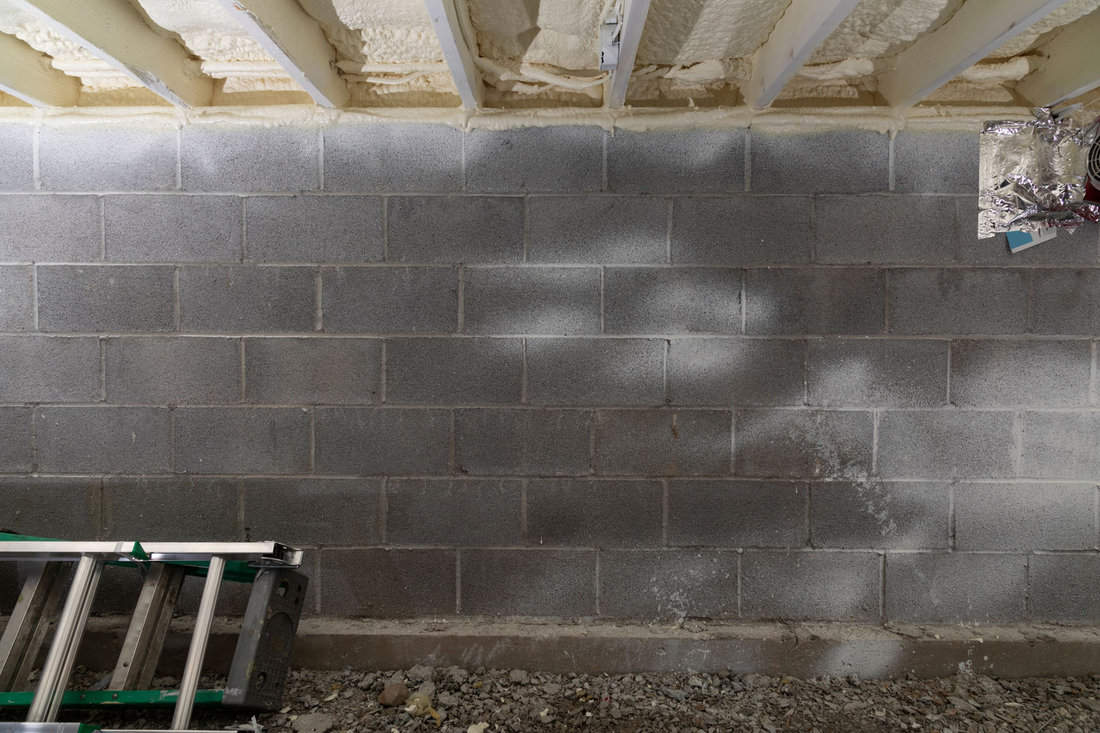
You need to give the paint the time it needs to dry and cure. You can’t rush this process. Even if the paint is already dry to the touch, it is still unsafe to use the basement because the paint is still releasing fumes during this period. As a general rule of thumb, you should wait at least 2 to 3 days after painting before using the basement again
Is There Anything I Can Do To Get Rid of Paint Fumes Faster?
You can try one or a combination of the following:
- Opening windows and doors
- Oscillating fans
- Charcoal
- Air purifier with activated carbon filter
- Baking soda
Opening windows and doors
Opening windows and doors can help paint fumes dissipate quickly because it increases the rate at which the fumes can escape from the room.
When you open a window or door, it creates a draft which helps to ventilate the room and allows the fumes to flow out of the room more quickly. This can be especially effective if you open windows on opposite sides of the room to create a cross-breeze.
The increased air circulation helps to disperse the fumes more efficiently and can make it easier to breathe in the room.
It's important to properly ventilate a room when painting to help reduce the concentration of harmful fumes, which can be harmful to breathe in high concentrations.
Oscillating fans
Not all homes have an exhaust fan in their basement, so we recommend using oscillating fans. Besides, using oscillating fans in addition to opening windows and doors can help paint fumes dissipate more quickly than just opening windows and doors alone.
Oscillating fans can help to increase the air circulation in the room, which can help to disperse the fumes more efficiently.
When you use an oscillating fan, it helps to move the air around the room and create a draft, which can help to ventilate the room and allow the paint fumes to flow out of the room more quickly.
In general, increasing the air circulation in a room can help to dissipate paint fumes more quickly, so using oscillating fans in conjunction with opening windows and doors can be an effective way to ventilate a room and reduce the concentration of paint fumes.
Activated charcoal
Using activated charcoal can help to remove paint fumes from the air more quickly. Activated charcoal is highly porous and has a large surface area, which makes it very effective at adsorbing a variety of gases and vapors.
When you use activated charcoal to filter the air, it can help to reduce the concentration of paint fumes, making the air more pleasant to breathe. You can find activated charcoal in air purifiers, air fresheners, and other products designed to remove odors from the air.
It is also available in granular form, which can be placed in a tray or bowl to absorb paint fumes in a small space.
Check out this bag of activated charcoal on Amazon.
Air purifier with activated carbon filter
Air purifiers work by drawing air into the unit, where it is passed through a series of filters before being released back into the room.
An air purifier with an activated carbon filter can effectively remove paint fumes, as well as other types of odors and contaminants, from the air as it is circulated through the filter.
It is important to note that no single method of removing paint fumes will be completely effective on its own. In order to effectively remove paint fumes from the air, it is best to use a combination of methods.
Check out this air purifier on Amazon.
Baking soda
Baking soda is often used as a natural deodorizer and can help to absorb odors. Some people may put a small amount of baking soda in a basement that has been painted to help absorb any lingering odors from the paint.
It is important to note that baking soda should not be used as a substitute for proper ventilation when painting a room, as it is not effective at removing harmful fumes or vapors.
It is always best to follow the manufacturer's recommendations for ventilation when using paints and other chemicals.
My Basement Walls Have Black Mold: What Should I Do?
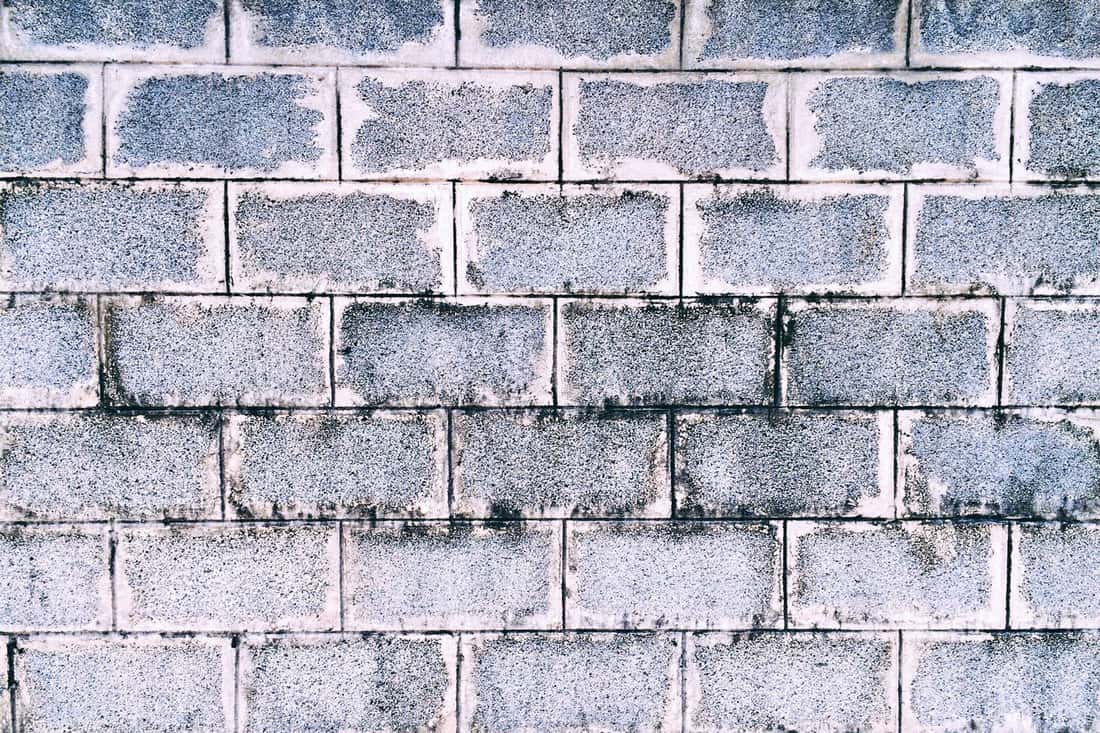
There are a few steps you can take to kill black mold on cinder block basement walls:
- Start by protecting yourself. Wear gloves, a respirator, and goggles to avoid coming into contact with the mold.
- Next, identify the source of the moisture that is causing the mold to grow. If the problem is a leaky pipe or a damp foundation, you'll need to fix that issue before you can effectively remove the mold.
- Once you've addressed the source of the moisture, you can begin cleaning the affected area. Mix a cup of household bleach with a gallon of water to create a mold-killing solution.
- Use a stiff-bristled brush to scrub the moldy areas, and be sure to reach all the nooks and crannies.
- Once you've scrubbed the surface, let the solution sit for about 15 minutes to allow the bleach to kill the mold.
- After 15 minutes, rinse the area thoroughly with water to remove any remaining mold or mold spores.
- To prevent the mold from returning, it's important to keep the area as dry as possible. You may need to invest in a dehumidifier or take other steps to reduce the humidity in your basement.
Keep in mind that if the mold infestation is widespread or if you have a compromised immune system, it may be best to hire a professional to handle the cleanup.
See this personal protection equipment (PPE) kit on Amazon.
Check out this basement dehumidifier on Amazon.
In Closing
Painting cinder block basement walls can turn out to be a very successful project if you follow the right steps and use the right materials. But remember, painting these walls requires extreme caution, especially if you're working in a basement with poor ventilation.
You might also like:
Can You Spray Paint In High Humidity?









